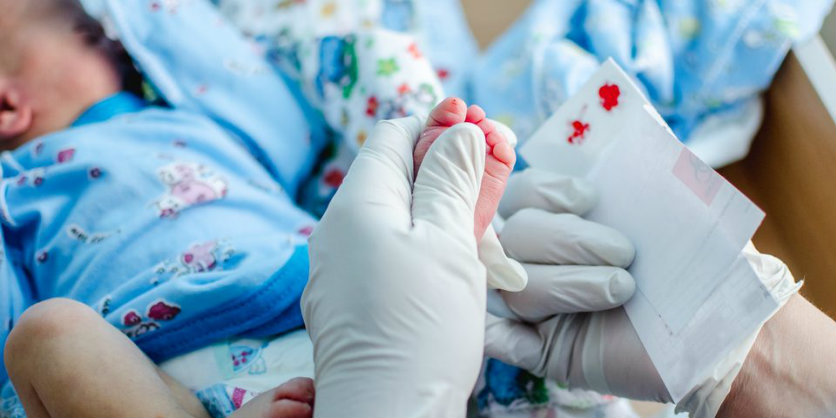Taking the baby home sure is an exhilarating experience for parents. Nowadays, getting a baby screened for various diseases have become inevitable. Screening an infant ensures the fact that the baby is free from any disorder, which is non-apparent at birth. It also rules out the possibility of any potential anomaly that might eventually build up to something of grave concern. With people becoming more health conscious, newborn screening is gaining more importance and is at the verge of becoming a standard practice. The government too, has recognized its vitality and has, therefore, been instrumental in making newborn screening a mandatory medical procedure. A ‘walkthrough’ will help get better clarity of the subject.
When
Newborn screening usually begins 48 hours after the baby is born, while he or she is still in the hospital. Anytime later than the specified, presents the risk of delayed treatment for an infant who by chance, might be positive for any disorder and a delayed treatment might render certain treatable disorders to transform into serious irreversible conditions. Some hospitals even advice parents in consultation with the baby’s paediatrician, to go for a second blood test when the baby is 1 to 2 weeks old.
Optimally, newborn screening is done using the following three methods:
- Blood tests
- Hearing test
- Critical Congenital Heart Disease (CCHD) screening
Blood test
A blood test or a heel test is the first step in a newborn screening process. The baby’s heel is pricked and few drops of blood is extracted. The blood is then sent to a laboratory for analysis. Additionally, the hospital staff will also collect important information such as the name of the baby and its parents and other vital information related to the baby like age, sex, weight, date and time of first time feeding etc. The blood sample is analysed to detect a number of disorders like congenital hypothyroidism, sickle cell disease, phenylketonuria, fatty acid metabolism disorder etc.
Hearing test
As the term indicates, this part of the process helps in knowing if there is any defect or loss in the baby’s hearing. The common tests deployed to screen newborn babies for hearing loss are:
- Otoacoustic Emissions Test to identify if certain parts of the baby’s ear respond to sound.
- Auditory Brain Stem Response Test which is performed to analyse the response of hearing nerves and brain to sound.
CCHD screening
This test is performed so as to rule out the possibility of critical congenital heart disease in the infants, hence the name CCHD screening. In this test, the healthcare practitioner, by using an instrument called “oximeter” measures the level of oxygen in the blood. For a baby, lower levels of oxygen in the blood can be reflective of structural or behavioural abnormality in the heart.
Newborn screening is not only advised for babies that are born in hospitals, but also for babies born in the home, adoption centres or otherwise. An efficient newborn screening helps you get clarity about the baby’s health additionally, it ensures a safe, healthy and happy future of the baby.

